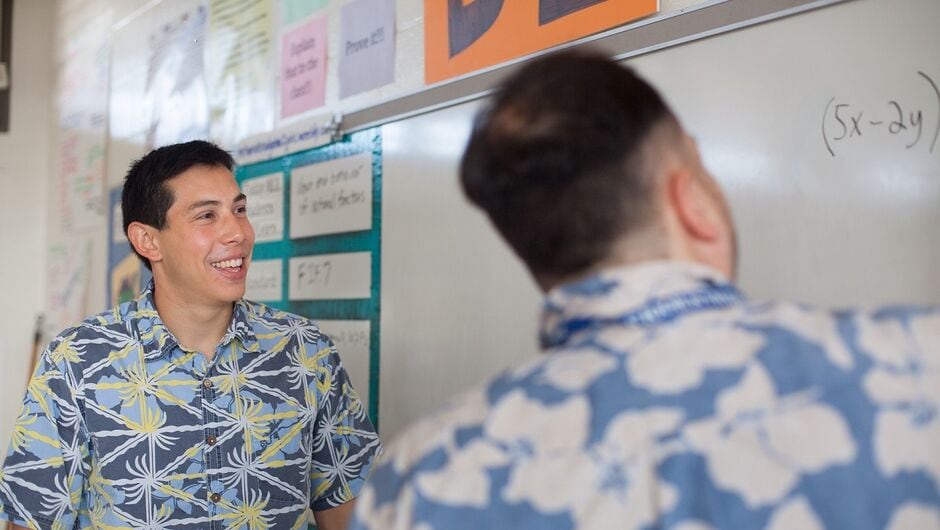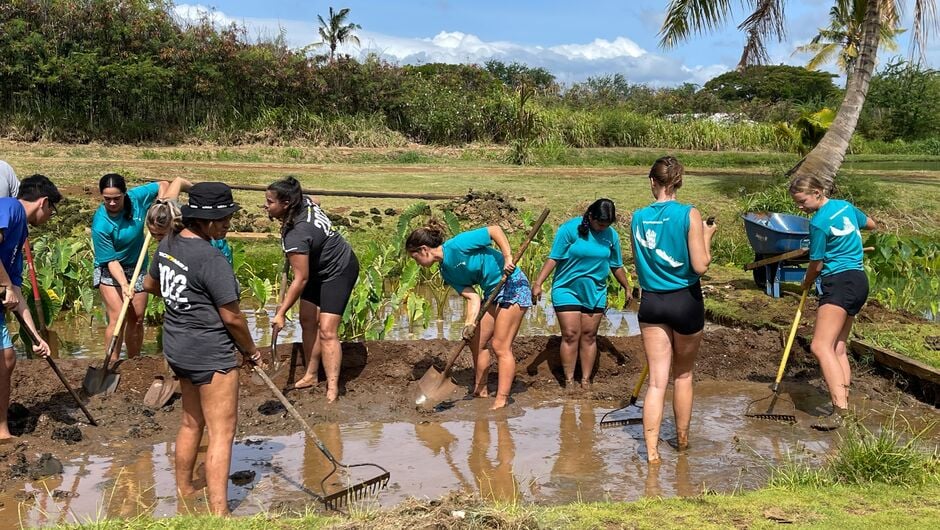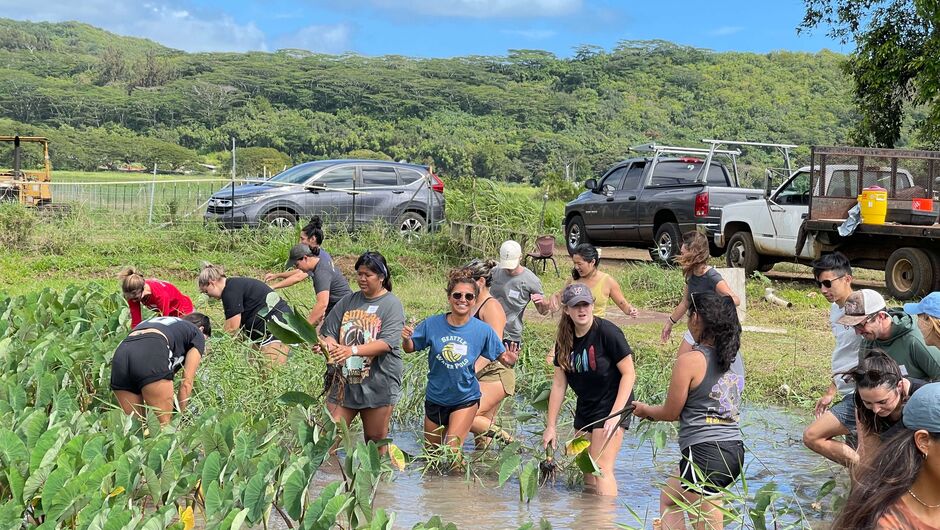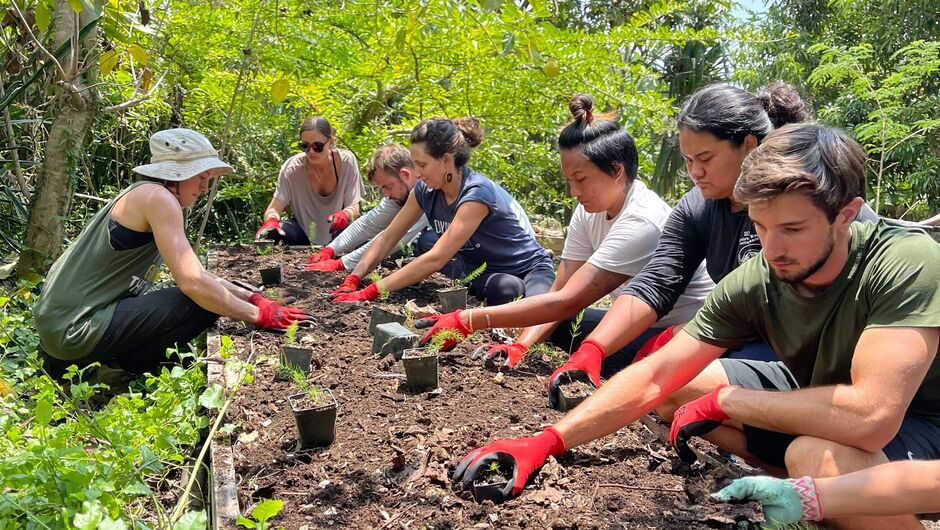Hawai'i

Who We Look For
Hoʻokahi nō lā o ka malihini is a ‘Olelo No'eau (Hawai'ian proverb). Translated to "a stranger for only a day" it speaks of how after the first day as a guest, one must help with the work.
Teach For America's Hawai'i region needs:
- Leaders who embody our regional values of kuleana, ʻohana, and aloha
- Leaders who embody TFA's core values of choosing courage and acting with humility
- Leaders with deep ties to Hawai‘i and people with an orientation towards partnership
- Leaders with awareness and understanding of Hawaiʻi’s history, context, and culture


Where We Work
Join Us Today
Local Leadership
The tourism-driven narrative of Hawai‘i as paradise ignores the complex history and experiences of kamaʻāina (local residents) and Kanaka Maoli (Native Hawaiians) today. Kamaʻāina and Kanaka Maoli residents are increasingly priced out of their homes and Kanaka Maoli face persistent disparities in education opportunities, health outcomes, and incarceration rates.
This work requires a collective effort, and we are proud to partner with the Hawai'i State Department of Education and our local communities. Fueling the local economy and centering local needs, we're eager to recruit kamaʻāina and Kanaka Maoli corps members. You can read more about this effort, as well as our vision for our keiki, in our 10-year strategic plan or hear from some of our local corps members and alumni in the video below.
Teach For America Hawai'i Leadership
“We're so fortunate to be in this teaching profession where we're allowed to provide access, hope, and opportunity for students that are going to change the world tomorrow.”
Connect on Social Media
Download the 2025 report from Association on Advancing Quality in Educator Preparation (AAQEP) to learn more about Teach For America Hawaii's accreditation status.





